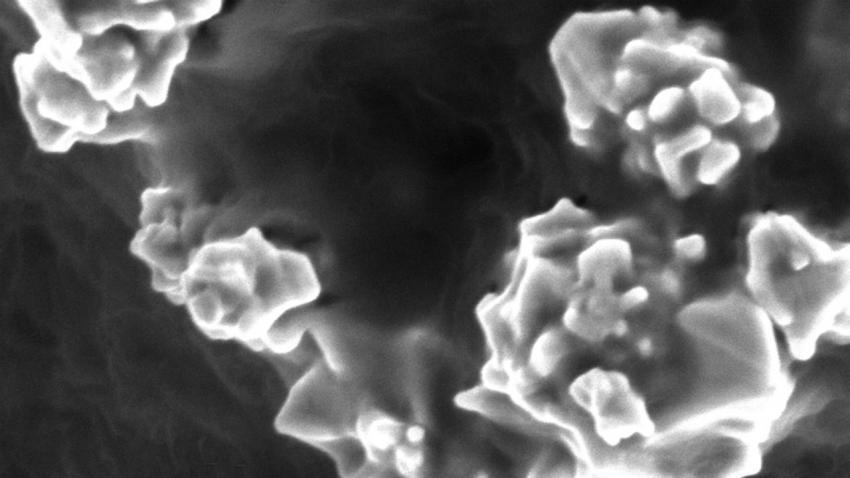
Jan 13, 2016
Laptops, airplanes, electric cars, and even the new rolling hoverboards have all faced troubles with lithium-ion batteries bursting into flames. But now, researchers report they’ve come up with a potential cheap and effective way to prevent batteries from overheating.
- Click here to read more.
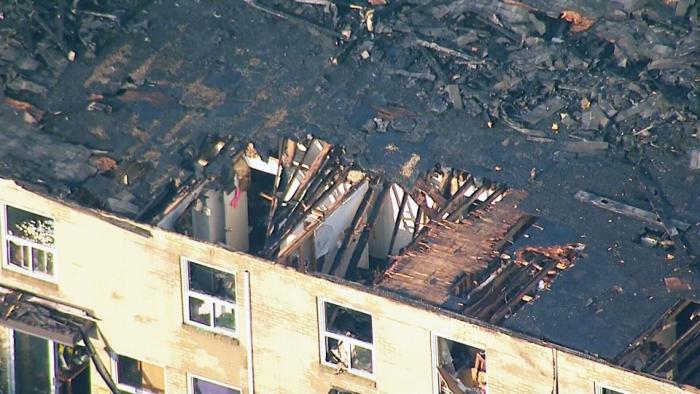
Jan 13, 2016
The owner of a Brampton, Ontario townhouse complex on Ardglen Drive has pleaded guilty to fire code charges laid one year before a blaze that killed a 10 year old boy.
- Click here to read more.
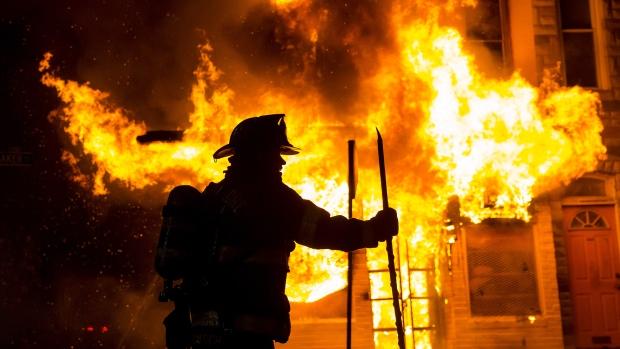
Jan 13, 2016
As of January 1, the onus is no longer on firefighters and fire investigators in Ontario to prove their lung cancer is work-related. It is the latest condition to be covered under what is called presumptive legislation, which was first passed for firefighters in Ontario in 2007.
- Click here to read more.
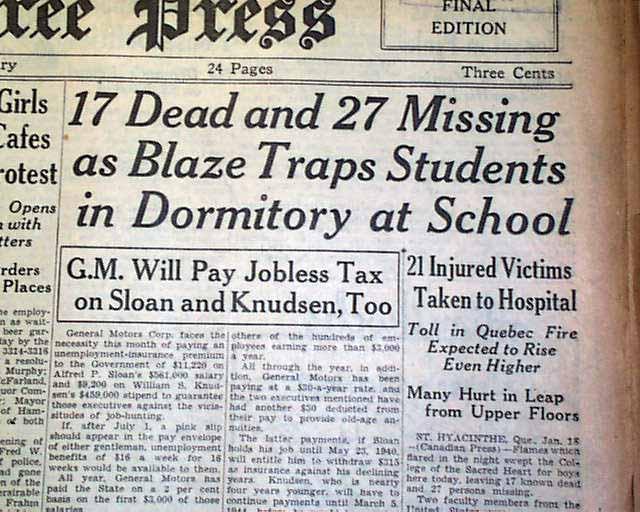
Jan 4, 2016
January 18th marks the 78th anniversary of the Sacred Heart College fire. Forty-one boys and five priests lost their lives when fire destroyed Sacred Heart College at St. Hyacinthe, a small manufacturing city near Montreal.
- Click here to read more.
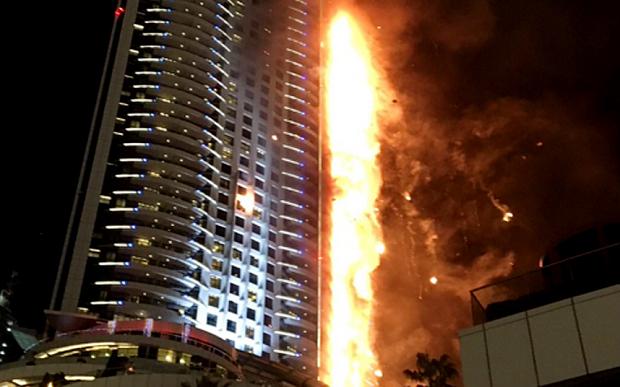
Jan 4, 2016
A blaze that engulfed a Dubai skyscraper on New Year’s Eve – the emirate’s third high-rise fire in three years – has raised fresh questions about the safety of materials used on the exteriors of tall buildings across the wealthy region.
- Click here to read more.
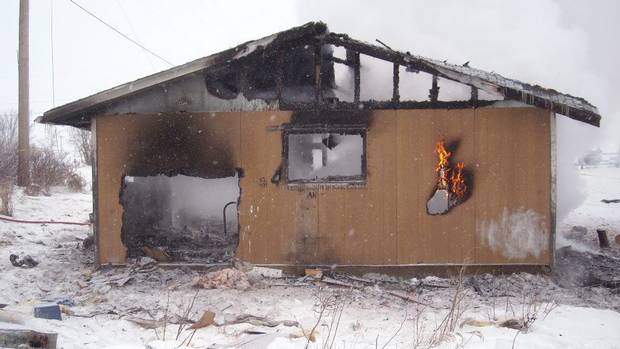
Jan 4, 2016
An internal federal government report says almost half the First Nations across Canada have “little to no fire protection” and rely too heavily on poorly trained volunteer firefighters who can’t do the job.
- Click here to read more.
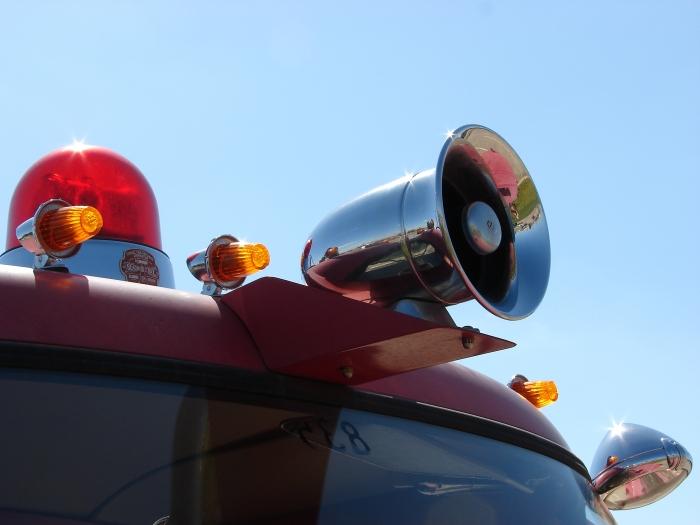
Jan 4, 2016
Over four thousand current and former U.S. firefighters are suing Federal Signal Corp., an Illinois-based company that makes sirens, claiming it didn’t do enough to make the sirens safer for those on fire trucks who have to listen to them nearly every day.
- Click here to read more.
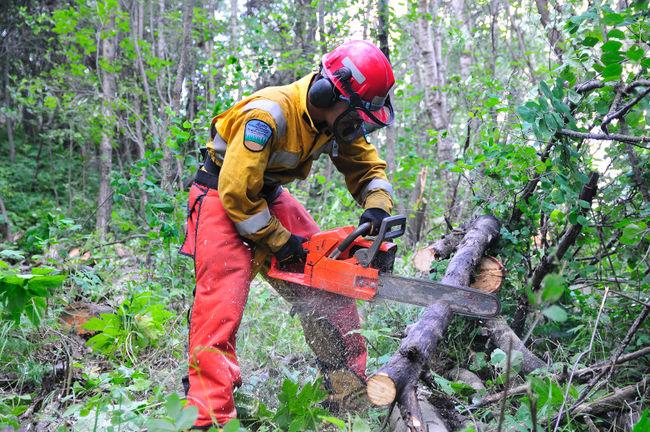
Jan 4, 2016
Fifteen Alberta communities have been awarded FireSmart grants to help reduce the risk of wildfires and protect lives and property.
- Click here to read more.
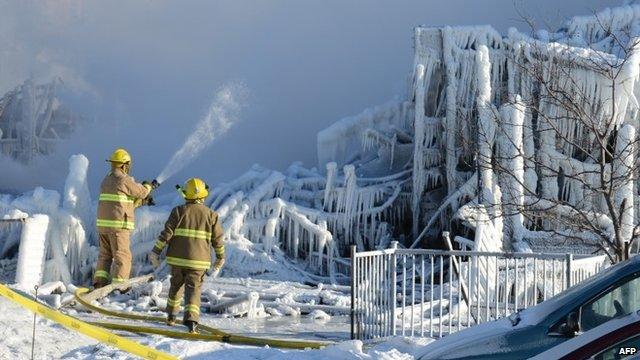
Jan 4, 2016
Victim’s family members say they are disappointed no criminal charges will be laid in connection with the fire that tore through a seniors’ residence in L’Isle Verte, Quebec, nearly two years ago, killing 32 people trapped inside.
- Click here to read more.
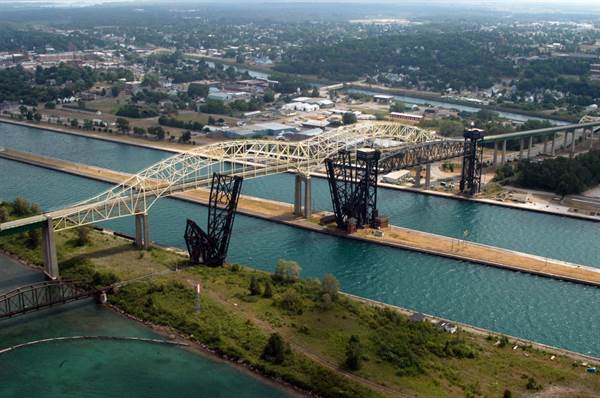
Jan 4, 2016
As the standoff continues between the Sault Ste. Marie Firefighters Association and the fire chief, city councillors are urging the two parties to discuss their differences and reach a compromise.
- Click here to read more.









